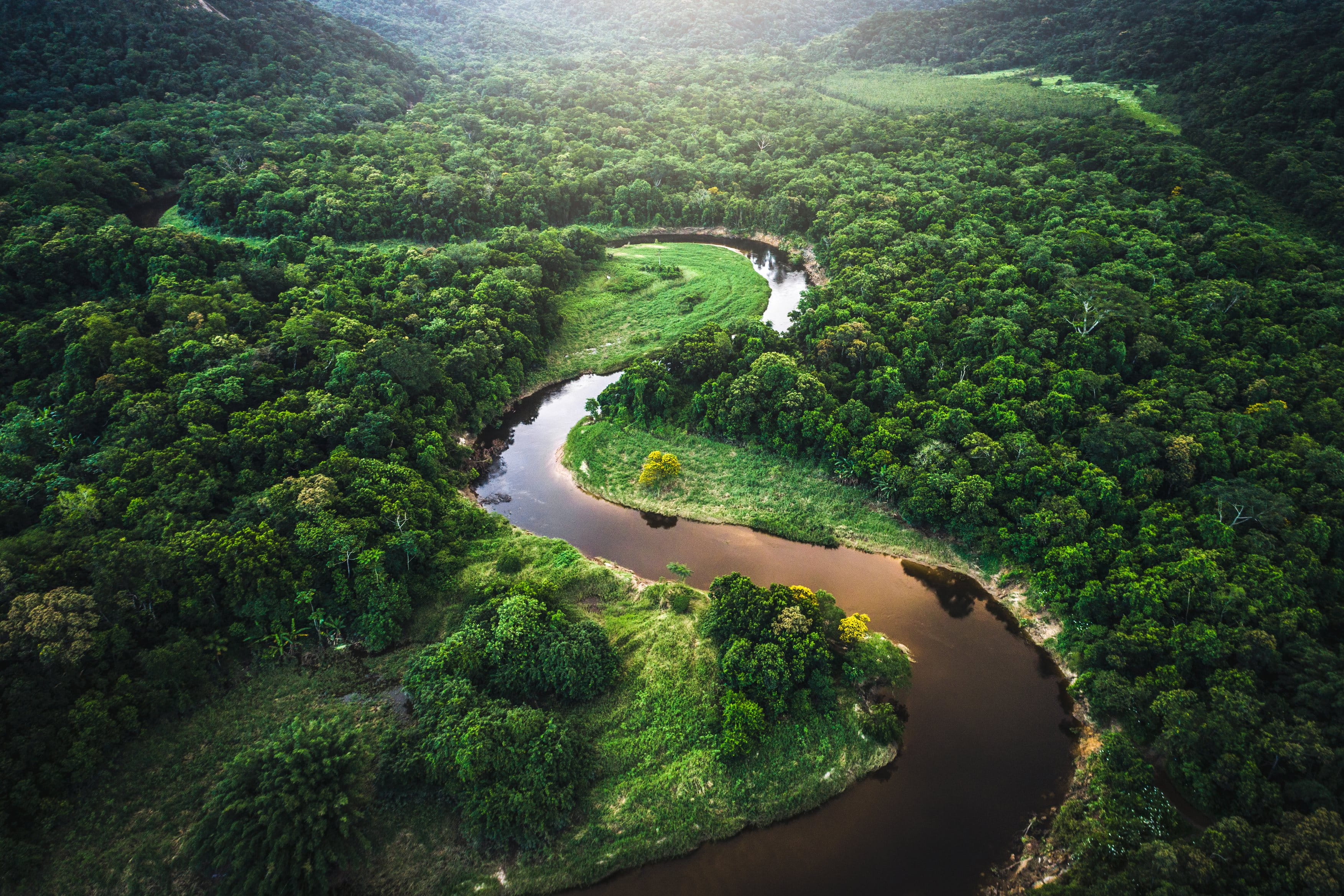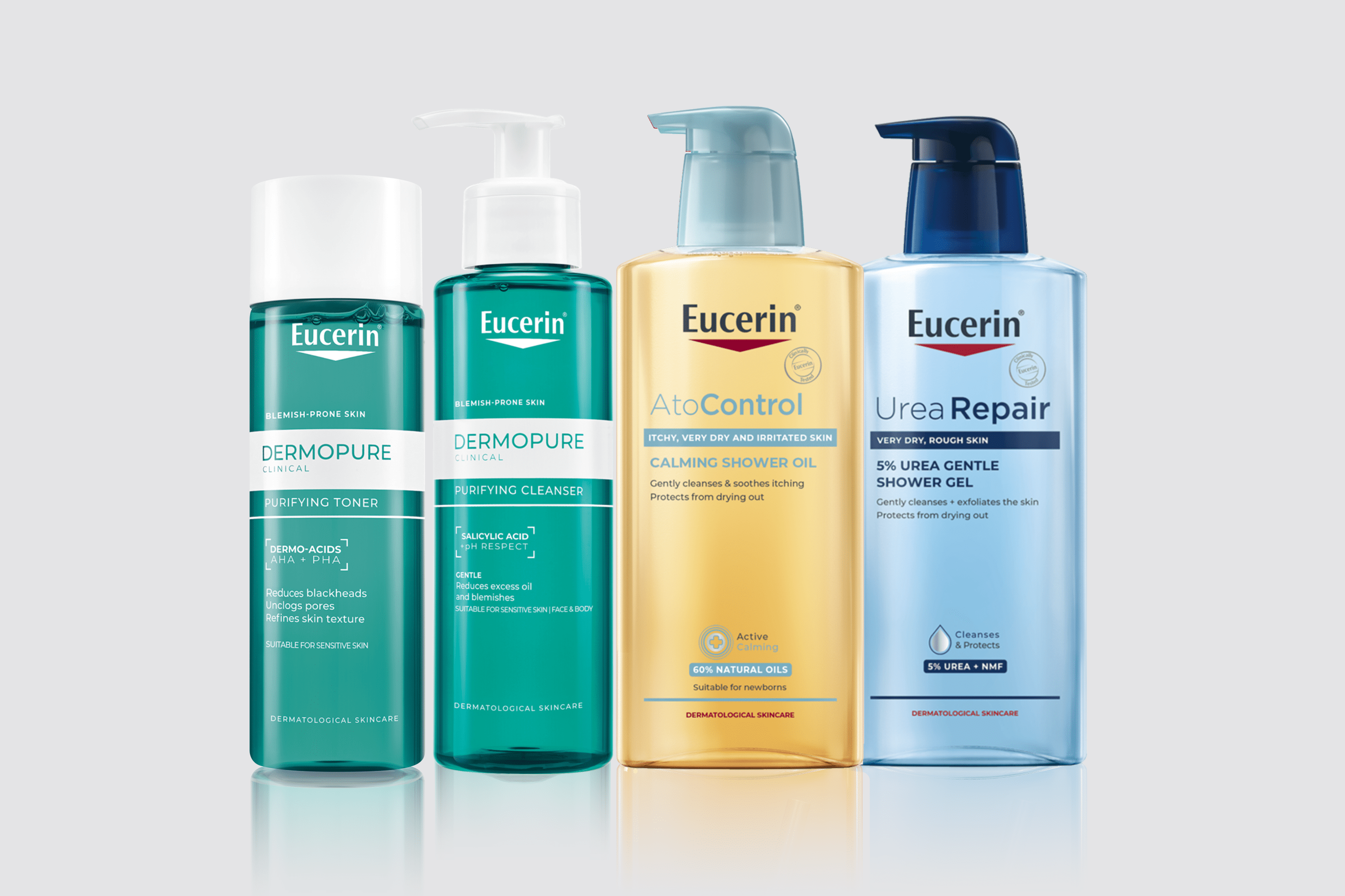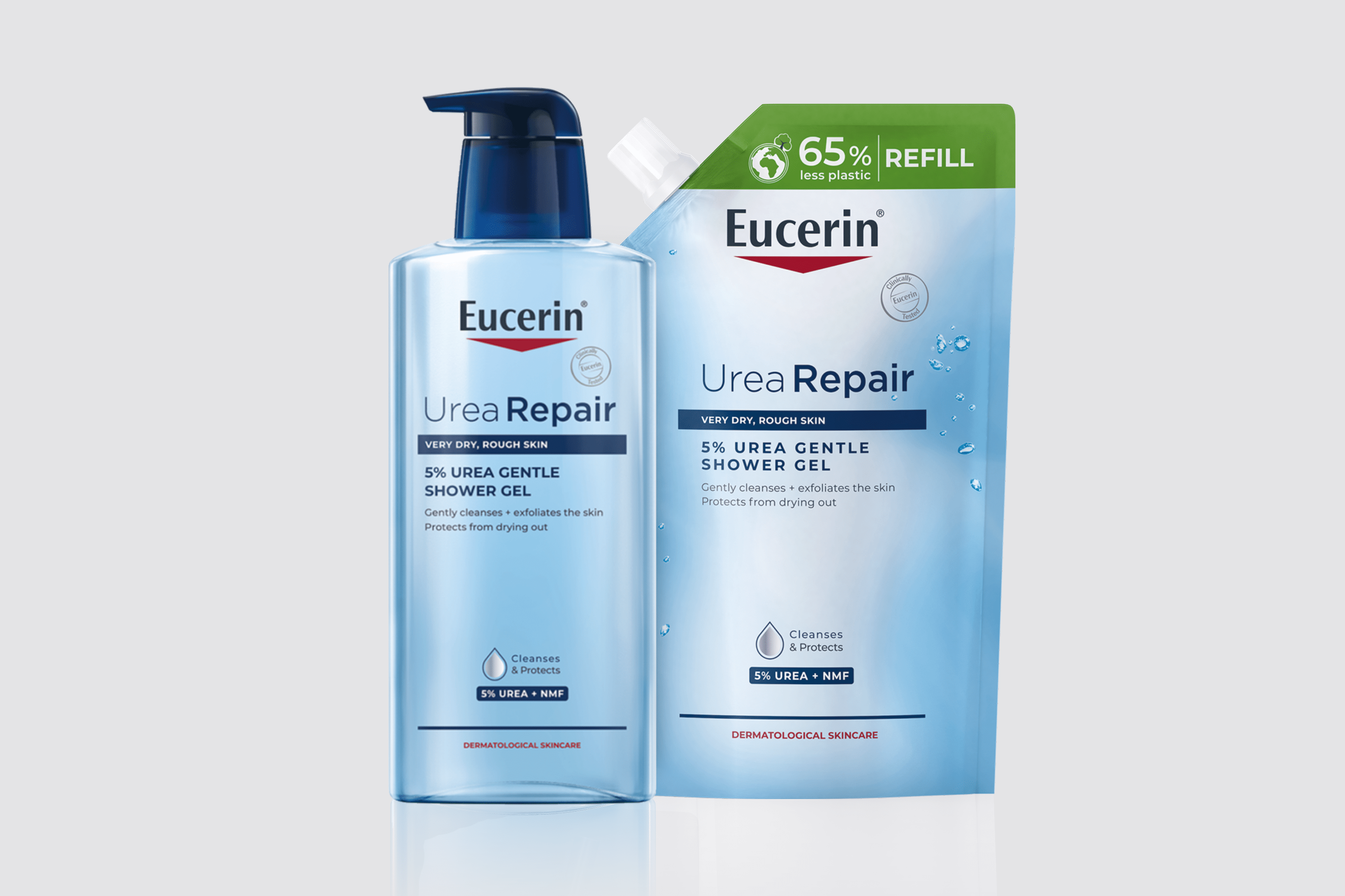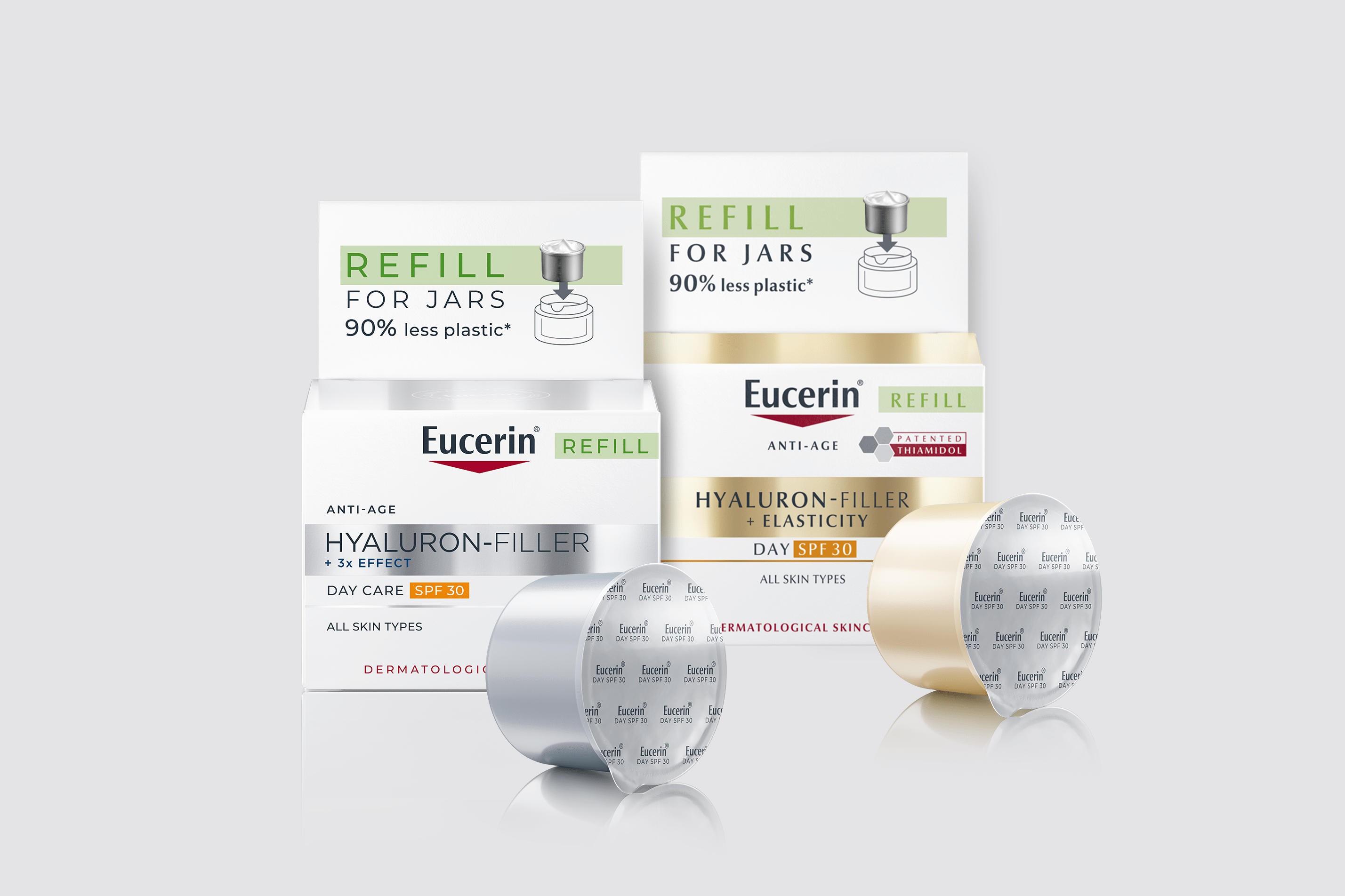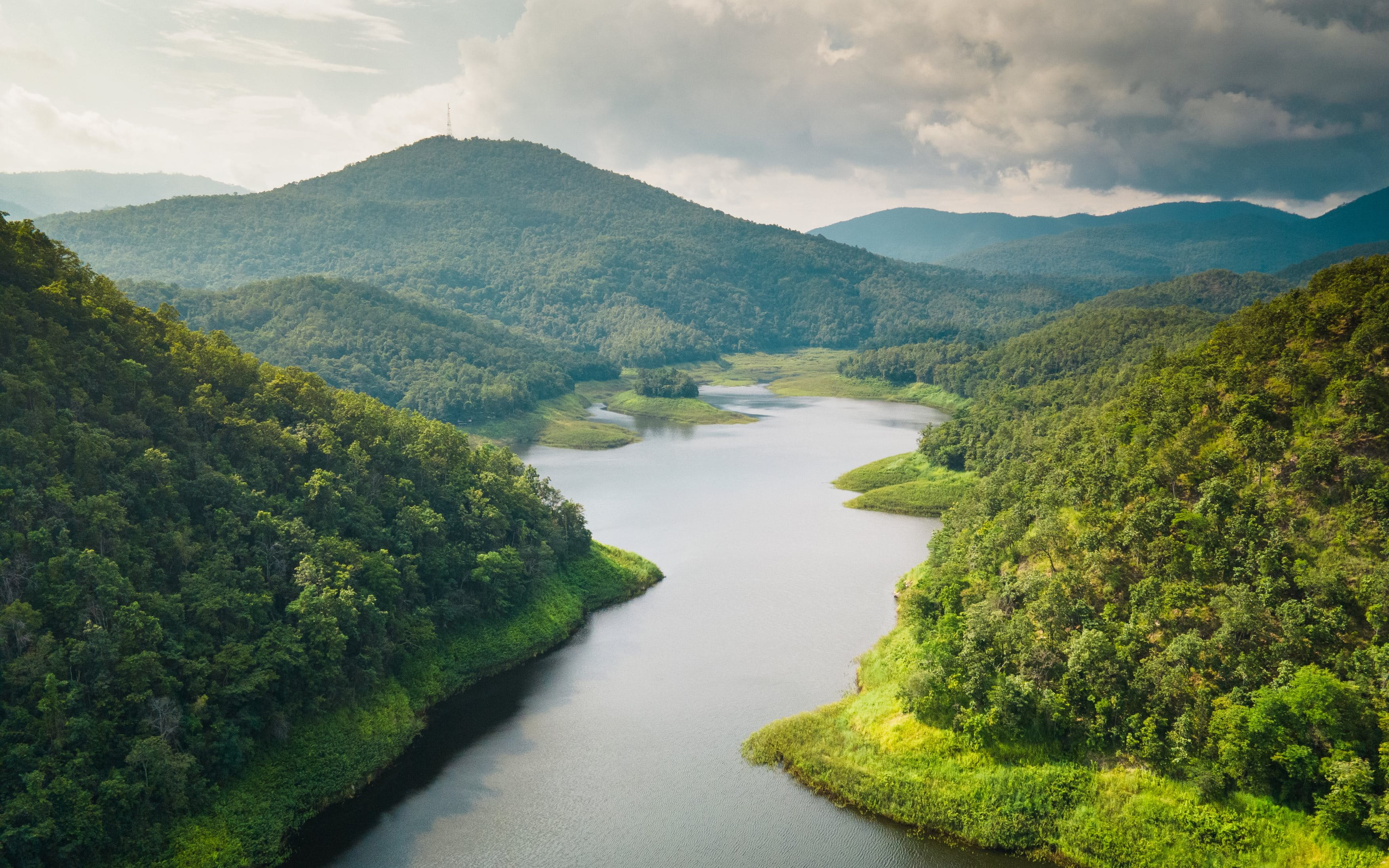
Our commitment to Net Zero 2045
No navigation available
No navigation available
The fight against climate change and the journey towards a better future requires every one of us to take conscious decisions and ambitious measures to reduce greenhouse gas (GHG) emissions.
Our parent company, Beiersdorf, is one of the companies in our industry that has set a Net Zero target by 2045 – approved by the Science Based Targets initiative*.
This means our Net Zero target is in line with independent scientists’ recommendations for avoiding the consequences of more than a 1.5 °C rise in global temperature.
In line with this commitment, we are striving to reduce our GHG emissions by 90 % in absolute terms across our entire value chain by 2045.
Examples of how we reduce our environmental footprint are as individual as our products and formulations. Most commonly, Eucerin reduces GHG emissions while ensuring uncompromised skin performance by:
• Increasing the share of responsibly sourced materials that have a lower land use impact, including plant-based materials and materials from side streams with a lower GHG footprint
• Switching from fossil-based materials to recycled and renewable materials with a lower GHG footprint in our packaging
• Striving for circular materials in packaging and formulations
• Reducing the weight of our packaging
• Increasing the recyclability of our packaging
Our transparent bottles are made of up to 98% recycled PET (excluding label and cap) and reduce 16% of packaging-related CO₂e emissions (when using a 400 ml recycled PET bottle compared with a 400 ml virgin PET bottle).
Our 400 ml refill pouches reduce plastic consumption by 65% (compared with the standard 400 ml bottles), thereby reducing 52% of packaging-related CO₂e emissions (by using a 400 ml PP pouch compared with a 400 ml recycled PET bottle).
Our new Hyaluron-Filler refills for our Hyaluron-Filler jars use 90% less plastic compared with the conventional Hyaluron-Filler jars and thereby reduce packaging-related CO₂e emissions by 85%.
Find out more about our Beiersdorf climate ambitions in our annual report: E1 – Climate Change - Beiersdorf Annual Report 2024
*The SBTi is a corporate climate action organisation enabling companies and financial institutions to set emissions reduction targets in line with climate science. Read more: Ambitious corporate climate action - Science Based Targets Initiative
